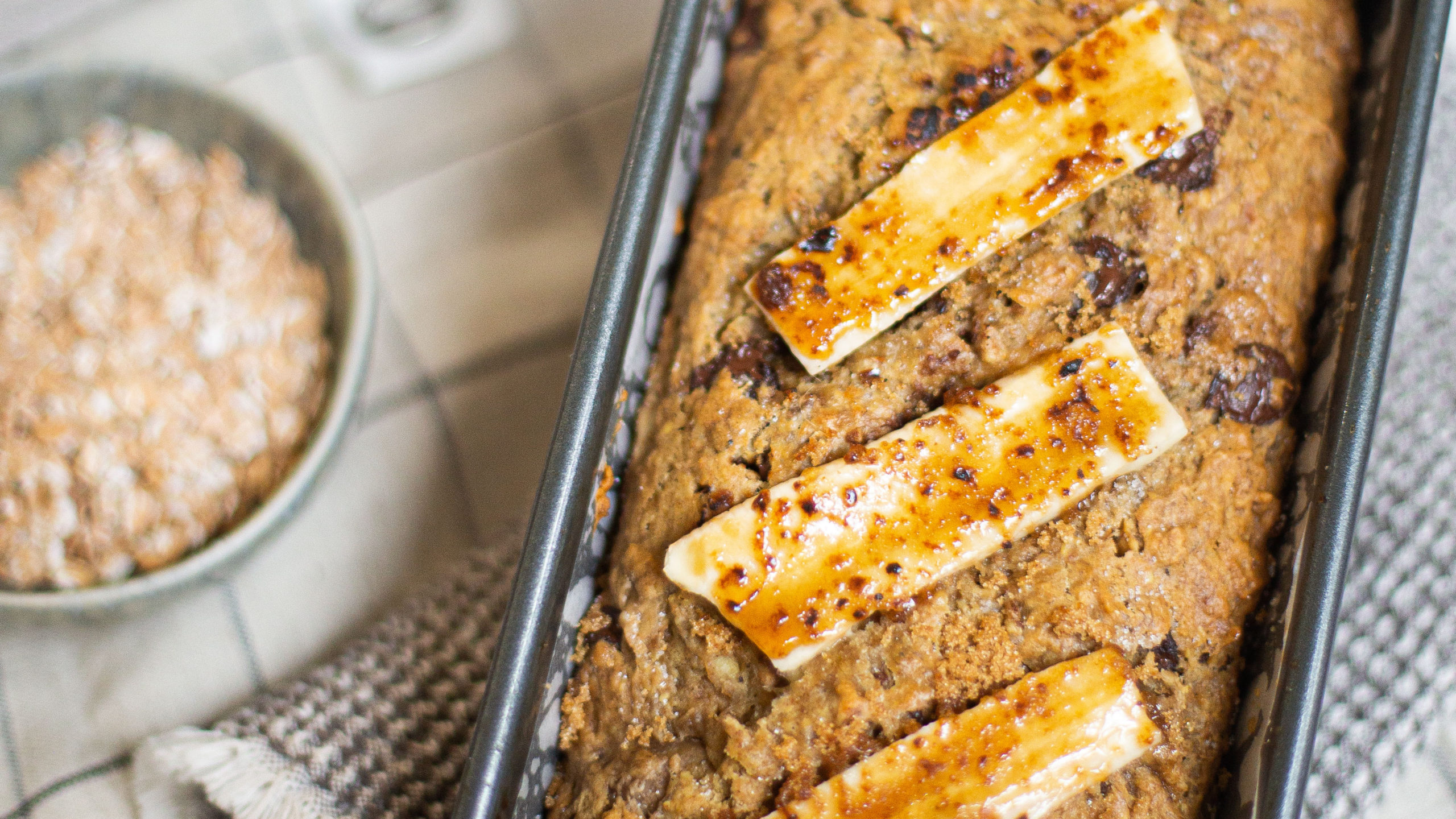The holidays are fast approaching! If you’re looking to get someone you love an interesting and locally-sourced gift, why not give them the gift of fresh milled flour? You can also take your holiday baking to the next level by incorporating new flavours and textures with fresh flour.
We currently stock 6 different flours here at our Urban Mill and Bakery in Liberty Village in Toronto. If you can’t make it in to the bakery, our flour is also available to purchase online through our online store. Prairie Hard Red, Red Fife, Rye, Spelt, Einkorn, and Emmer are all unique grains and have very different properties. It is important to know more about them to know which flour is best for you, or whoever you wish to gift it to! Using fresh milled flour is a new experience for many, and we’re here to make that it as seamless as possible.
When you purchase a bag of flour from Brodflour you’re getting high quality flour stone milled from organic or regenerative Canadian grains. On each label we specify many characteristics for each flour, most notably it’s falling number and protein percentage. This post is here to help you navigate our flour labels so you can choose the best flour for the job!

1. Falling Number
The falling number is the result of a test performed on wheat samples to determine if there has been any starch damage to the grain. If wheat is starch damaged it will have higher amounts of alpha-amylase enzyme. The falling number is the amount of time in seconds that it takes a stirrer to fall through a hot slurry of ground wheat. If a high amount of alpha-amylase is present in the wheat sample, the faster the stirrer will travel through the slurry as the starch levels are lower.
The standard falling number for Red Spring wheat is usually greater than or equal to 350.
2. Protein %
The protein percentage of flour is an important thing to understand if you are baking at home. Protein percentages can vary greatly depending on the type of flour, which can drastically change the outcome of what you’re baking.
All-purpose flour has a protein ranging from 10-12%, whereas bread flours range from 12-16%. Breads with higher protein percentages can form stronger gluten bonds. Whole grain flours have high protein percentages but the bran present in the flour can cut through the gluten and result in flatter, “weaker” loaves and baked goods, so it is important to account for this while baking.
3. Milling Date
We are constantly milling fresh flour for our bakers and customers to use. The date on your flour bag is the day we milled and bagged your flour. We recommend using the fresh flour within 2 months to retain most of its health benefits. Flour can still be used after the 2 month mark but its nutritional value may decrease slightly. Flour can be stored in the freezer if you decide to hold on to it for longer.
4. Tasting Notes
The tasting notes are unique to each individual grain. We often overlook the taste of pure grain, as it is usually mixed with sugar, salt, and other ingredients in baking. When baking bread, grain flavour is important as most breads are simply flour, water, culture, and salt. Words like spicy, sweet, nutty, and rich are common descriptors for our grains. Think of it as a wine or a cheese – the flour is not itself spicy, but there is a nuance of it when you taste it in its purest forms.
5. Our Farmers
Each label highlights the farms from which we source the grain. We currently mill grain from three farmers in Canada, all of which are certified organic or regenerative and practice sustainable farming methods. You can read more about our farmers here.
6. Flour Type
This one is a bit self-explanatory, but you need to know which flour you’re buying! It is important to note that our Prairie Hard Red flour comes in both sifted and whole grain, so make sure you pick the correct one for your recipe. We also offer whole grain Rye, Einkorn, and Emmer. Our Red Fife and Spelt flours are available sifted only.


